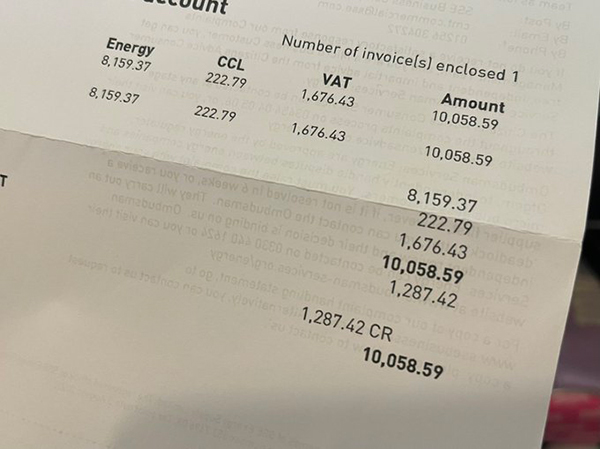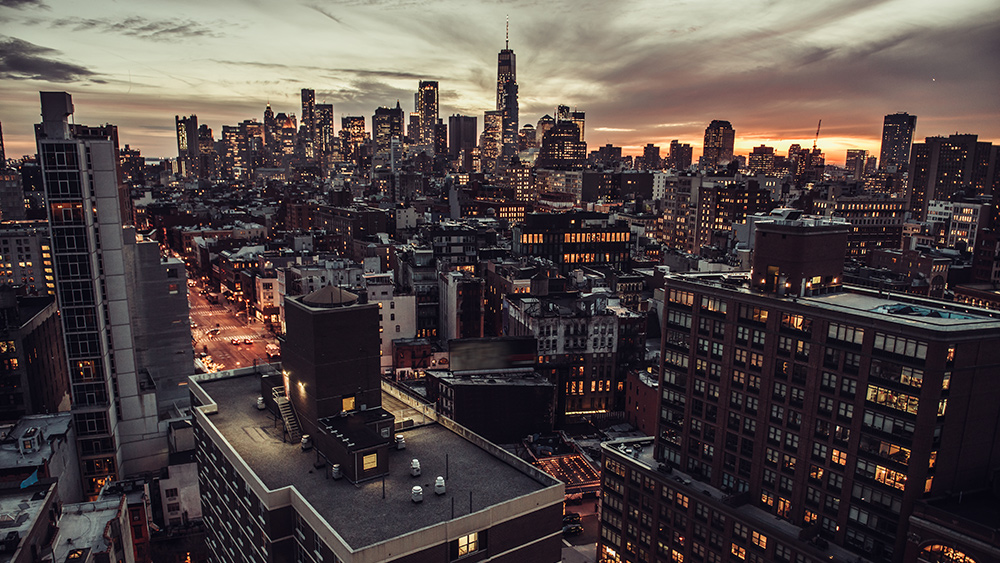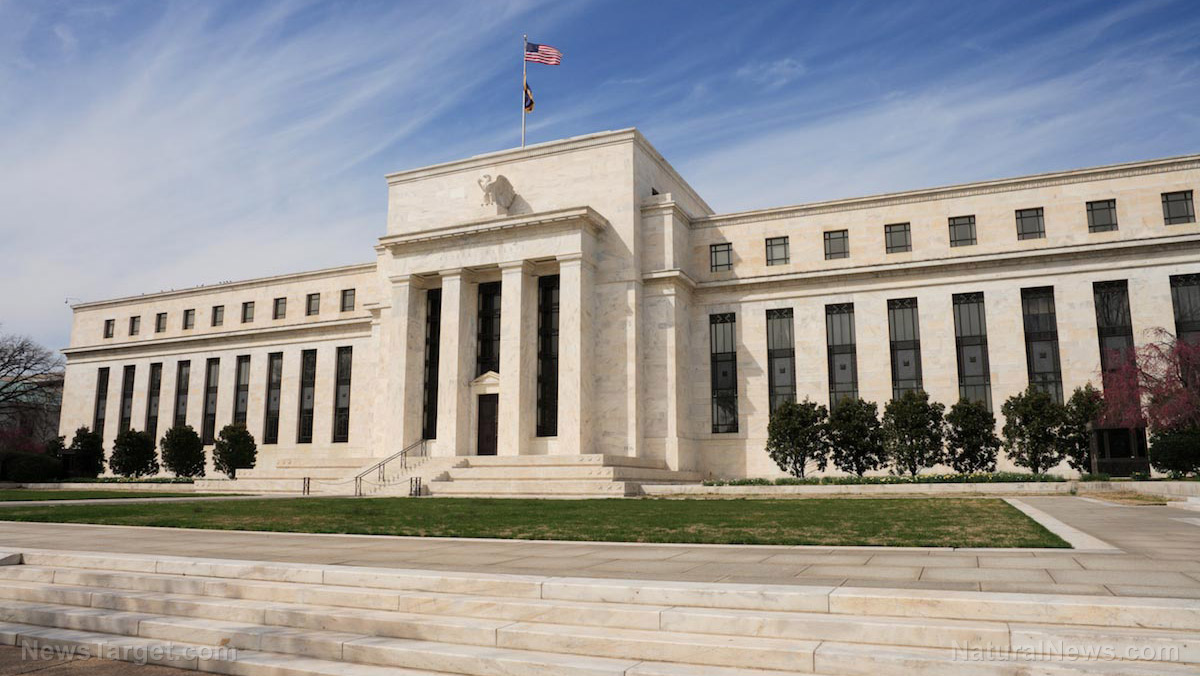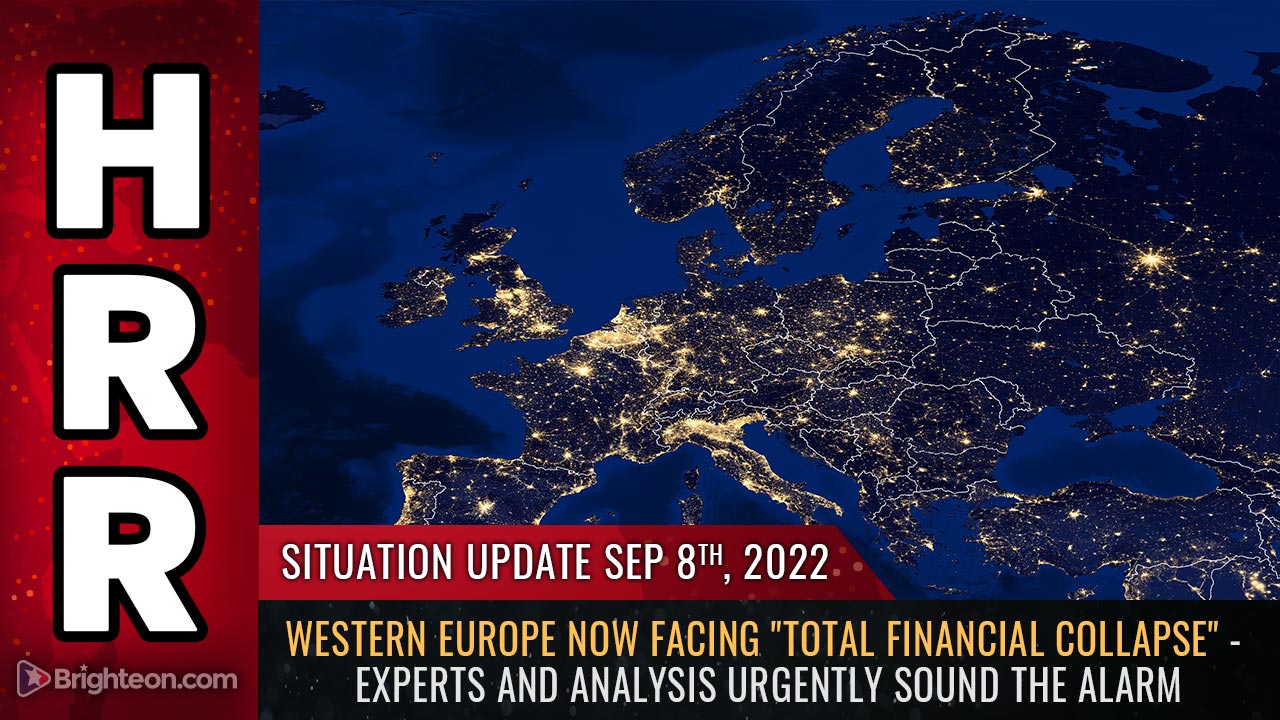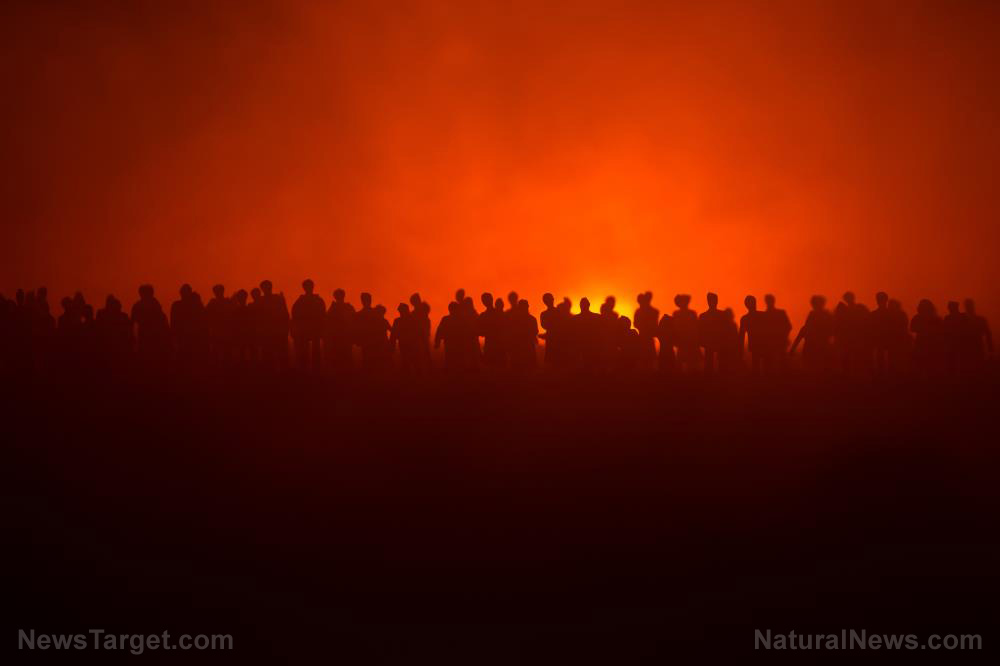Average rent prices in the US surpass $2,000 amid inflation and rising mortgage interest rates
06/14/2022 / By Mary Villareal

The median monthly asking rent in the United States has now surpassed $2,000 for the first time, reaching a record high of $2,002 in May. This is a 15 percent year-over-year increase, on par with April’s annual increase, but slightly lower than the 17 percent gain in March.
More people are opting to live alone, but according to full-service real estate brokerage Redfin, the rising mortgage interest rates are forcing would-be homebuyers to keep on renting.
Because of the demand-side pressures, rents are kept sky-high. Renting has also become more expensive, but it is now more attractive to do so than buying homes because mortgage payments have surpassed rents on many homes. Although analysts expect rent-price growth to slow down in the coming months, it will likely remain high, which could cause ongoing affordability issues for renters.
Realtor.com Chief Economist Danielle Hale also said that renters are being left with few options but to meet the higher asking prices, and sometimes even offer above the asking price whether they can afford it or not.
Rents surged as much as 48 percent year-over-year in Austin, Texas, which saw the largest increase on record for any metro area since the beginning of Redfin’s rental data in 2019. Nashville, Tennessee, Seattle and Cincinnati also saw asking rent increases of over 30 percent from the previous year. However, Portland, Oregon, fell below 30 percent for the first time since the beginning of the year.
Only three of the 50 most populous metro areas saw rents fall in May compared to a year earlier, declining 10 percent in Milwaukee and three percent in Kansas City, Missouri, as well as the Minneapolis area.
Renters are already feeling the impact of the increased rent. Inflation is now at a 40-year high, which was driven in part by housing prices and supply issues. However, a recent quarterly survey of landlords and renters from online real-estate services showed that more than three-quarters of renter households are saying that they were saving less money due to increasing costs.
A Realtor.com survey also showed that rent represents the biggest strain on renters’ overall finances. “April data illustrates the perfect storm of supply and demand dynamics behind the continued rent surge, from a low number of available rentals to higher for-sale housing costs forcing many would-be buyers to rent for longer than planned,” Hale said.
Rents in Miami soared by nearly 52 percent in the year ending in April, with its median rent crossing the $2,800 mark. Tampa, Las Vegas and San Diego are also among those with the highest rent increases.
Two dozen municipal mayors in the Miami-Dade County area met to discuss the housing crisis: Hialeah, an overwhelmingly Hispanic city with a poverty rate of 19.6 percent, warned that people are parking campers and trailers outside, next to their homes, and renting them out for $800 to $900 a month.
In Arizona, a single father of a seven-year-old said his rent, which was about $900 a month before the Wuhan coronavirus (COVID-19) pandemic, increased by $276 to $1,176 a month. And this year, when he receives his lease renewal, it will be at $1,585.65.
“It’s greed, pure, unadulterated greed. If you saw my place, you would be shocked that I’m going to be paying over $1,500 a month,” the man said. “When I asked why they’re raising the rent, they said it’s because they can. And they’re right. They can. Because in Arizona there are no laws protecting renters.”
Studio unit rates growing the fastest
Studio unit rates increased the fastest in April, growing 17.2 percent from April 2021 compared to the 15.9 percent growth of two-bedroom units and 15.6 percent for one-bedroom units.
These studio units have seen the most year-over-year rent growth every year so far this year, rebounding later than larger rentals from price decreases in late 2020 and early 2021. Single and one-bedroom rentals, however, decreased in year-over-year growth from March into April, driving the general slowdown. (Related: U.S. headed for “unprecedented housing crisis” as mass evictions loom.)
Although initially perceived as less costly, studio units are now attracting renters with more flexible living arrangements so that they were more easily vacated early in the pandemic. However, these units are now in higher demand as more are looking to move to their own places, or return to major city centers.
Still, prices are steep: New York City rentals grew at 29.1 percent, Los Angeles at 23.2 percent and Chicago at 21.5 percent – all of which grew at a faster year-over-year rate compared to the national average. (Related: Don’t get caught in the housing bubble crash [part one].)
Hale noted: “Rents are not only maxing out renters’ housing budgets, but are the biggest strain on their overall finances, even as inflation drives up expenses across the board.”
Follow Bubble.news for housing and supply updates.
Watch the video below for more information about the ongoing housing crisis in the United States.
This video is from the What is happening channel on Brighteon.com.
More related stories:
Here it comes: All signs point to Housing Bubble 2.0 amid widening price, income gap.
Collapse incoming: Fed to raise interest rates more than the market initially anticipated.
Sources include:
Submit a correction >>
Tagged Under:
average rental price, Collapse, economic collapse, economy, evictions, finances, housing, housing budgets, housing collapses, housing crisis, Inflation, Real Estate, rent, rental costs, rentals, risk, studio rentals, studio units
This article may contain statements that reflect the opinion of the author
Get independent news alerts on natural cures, food lab tests, cannabis medicine, science, robotics, drones, privacy and more from NewsTarget.com
Get independent news alerts on natural cures, food lab tests, cannabis medicine, science, robotics, drones, privacy and more from NewsTarget.com
RECENT NEWS & ARTICLES
COPYRIGHT © 2017 DEBT COLLAPSE NEWS


